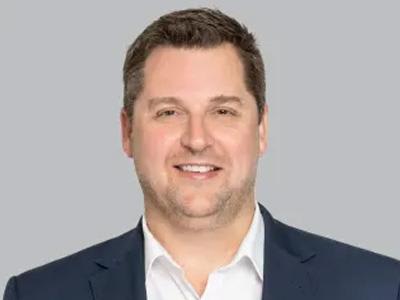Fear of the unknown is undoubtedly stressful, but for someone facing bankruptcy, that fear can be debilitating.
It’s this fear that makes some people avoid bankruptcy for as long as possible, opting instead to suffer in silence under the weight of their debts – fielding constant calls and emails from creditors while hoping it will eventually all go away.
But is bankruptcy really that bad? And is it really worth the toll it may take to avoid it?
Here are a few insights on what it’s like to be declared bankrupt, and what life may look like after bankruptcy.
How you may be declared bankrupt
You can petition for your own bankruptcy, or a creditor can petition to make you bankrupt if you owe them $5,000 or more and cannot pay.
If you petition for your own bankruptcy, you can nominate a registered trustee to manage it for you. If you don’t nominate anyone, the Official Trustee at the Australian Financial Security Authority (AFSA) will act as the trustee of your estate.
You can’t nominate your own trustee if a creditor has already made you bankrupt.
Once you are officially declared bankrupt, you will be deemed an “undischarged bankrupt” for 3 years and 1 day.
The start of bankruptcy
In the first stages of bankruptcy, your trustee will take control of your debts and deal with your creditors directly. For you, this means no more calls from creditors, and no need to juggle repayments to various creditors.
The trustee will also take control of all your assets, including:
- vehicles
- the property, or your share in any property
- cash
- investments, such as stocks
- money owed to you
A few key assets are excluded from the trustee’s control, such as superannuation in a regulated super fund, and personal injury claims. The trustee will then realise your assets for the benefit of your creditors, and to cover the administration costs and expenses of your bankruptcy.
Assets that are part of a secured loan (such as a secured car loan or property mortgage) will either be sold by the trustee – and the secured loan will be paid out from the sale proceeds – or the asset will be returned to the secured creditor.
You’ll be able to keep some assets up to a certain value, such as:
- a car that you mainly use for transport
- tools for your work
- ordinary household items of reasonable value, such as furniture and appliances
Bankruptcy doesn’t absolve all debt, so you may still be liable for debt such as court-imposed fines, tertiary education loans or student loans, and child maintenance.
Life as an undischarged bankrupt
During your 3 years and 1 day of bankruptcy, you cannot:
- be a director of a company
- travel overseas without the permission of the trustee
- apply for credit over a certain amount without advising you are bankrupt
If your annual net income is over a certain amount, you need to pay a monetary contribution to your estate. The trustee will place this into a trust account for the benefit of your creditors, and to cover the administration costs and expenses of your bankruptcy.
This can be a time of real reflection and relief because there is no more uncertainty. You simply get on with your work and your life, but without the weight of the debt on your shoulders.
It’s important to stay open and transparent with your trustee during the bankruptcy period. They may ask for your bank statements or other information, which you need to provide. If you try to hide information, money or assets or don’t make any required income contributions, the trustee can ask AFSA to extend your bankruptcy between 5 to 8 years.
The road to recovery
When you go bankrupt, your name is listed on the National Personal Insolvency Index permanently. This is different to your credit file, which usually only lists your bankruptcy for 5 years from the date you became bankrupt, or 2 years from when your bankruptcy e nds (whichever is later).
nds (whichever is later).
The ability to get credit is relative though. If your income is reasonable and you make an effort to rebuild your credit rating by avoiding debt, paying bills on time, paying back small loans quickly and so on, there is no reason to expect that you can’t get credit in the future.
Importantly, life after bankruptcy offers an opportunity to plan and implement strategies for building wealth, not accumulating debt again. It’s your chance to start over, and there are steps you can take to ensure you don’t end up in the same situation a few years down the track.
Where to from here?
If you’re still unsure about bankruptcy, or what it could mean for you, give us a call. Our Registered Trustees and professional accountants are experts in personal insolvency and can walk you through your options free of charge and help you make a decision that’s right for you.
Bankruptcy doesn’t need to be debilitating, and you definitely don’t need to go it alone.
To speak with a friendly personal insolvency specialist from RSM now, contact your local RSM office.


